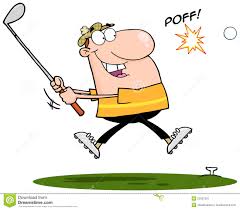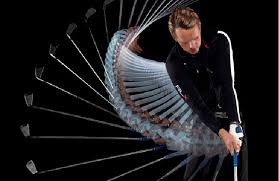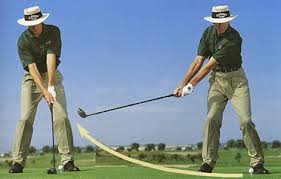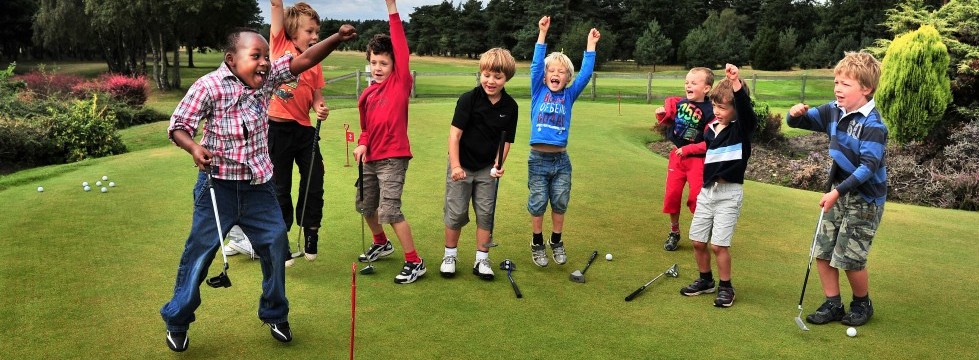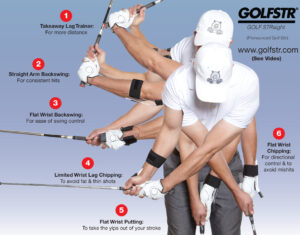Have you ever played a round of golf where every hit is so clean and easy. Sure you may hit them long over the green but who cares. You don’t expect perfection in every swing but it just happens. Then your next round is a disaster. Your drives, your approach shots, your chipping and your putts are just not happening. Do you ask yourself, “Who was that person playing yesterday? How do I get him back? ”
I am like every recreational golfer who loves this game but I publish these weekly swing tips so I tend to focus on what make golfers tick. I know that I have my good and bad days – and I often wonder WHY?
For the past 3 months I have been observing golfers as they play past our lani (screened porch for Northerners). It’s painfully obvious that at least 75% of the golfers may have taken lessons but they need to practice what they have learned. There are so many ways to watch the correct swing: on YouTube; on the Golf Channel and by watching tournament golf on TV. GOLFSTR+ is a great practice aid to help you correct 6 swing faults but it won’t help you just sitting in your golf bag.
With all of this support you would think that everyone should be able to play a reasonable game of golf. So why is it that you occasionally experience an “out of body experience” where your game is shockingly great.
What causes a great round of golf for anyone, whether you are a pro or an amateur? If you have learned the skill to swing a club correctly there are only 3 other issues that you face on the golf course. You and every professional golfer need to overcome these GAME BREAKERS before you will have a good round of golf:
Flexibility: If you want to hit longer shots, your body needs to be flexible. You can’t expect to be successful in golf with brute force. An aching back is even a worse problem. Your neck, spine and hips need to be flexible. You need to work on this with proper exercise or just accept your limitations and limit your rotation to achieve an acceptable result. Bending your leading elbow might work for you but if you want consistent results, work on a straight arm swing, wrist lag and a powerful release at the point of impact.
Mental Outlook: If you are frustrated over your last shot and you try to compensate for a poor shot by swinging harder, you will not like the result. This game tends to compound anger so you need to understand that problem. Get over your last shot. Realize that you need to relax your grip and swing without trying to kill the ball. It’s that easy.
Focus: When your mind is at ease and your muscles are relaxed you can now focus on the right swing to get the result that you want. Focus only on the draw or fade or height of the shot based on your stance and the wind condition. Great pro golfers take their minds into the moment of each swing. There is nothing else on their mind. Your lessons and practice can all result in perfect shots every time you swing a club.
Next Week’s Swing Tip is about Understanding the point of Impact to Control Every Shot.
Buy your GOLFSTR+ today on our website: www.golfstr.com


